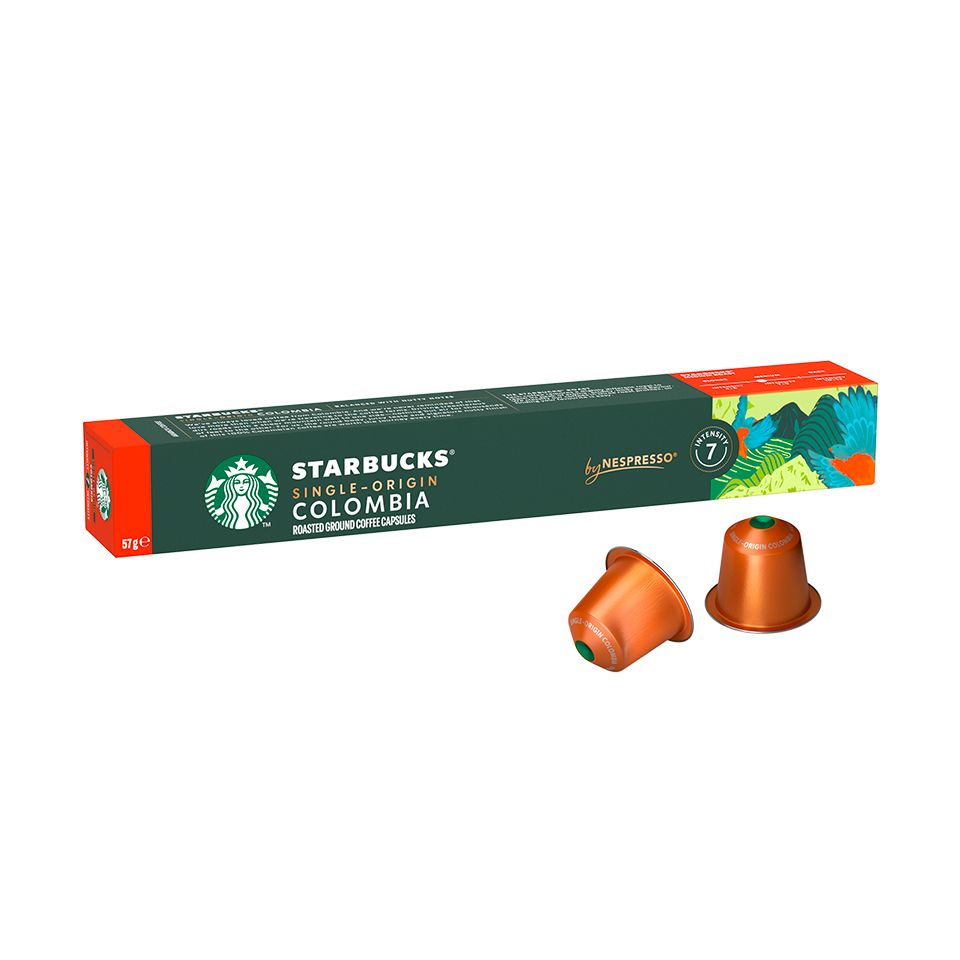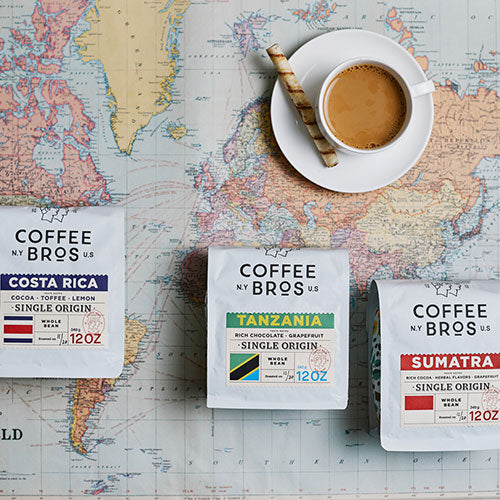How SOE Single Origin Espresso Enhances Your Daily Coffee Ritual
How SOE Single Origin Espresso Enhances Your Daily Coffee Ritual
Blog Article
Understanding Coffee Beans: the Journey From Espresso to Blended Coffee Beans

The Beginnings of Coffee: An International Viewpoint
While you might think of coffee as a contemporary staple, its origins map back centuries, linking with cultures across the globe. The tale starts in Ethiopia, where tale says a goat herder named Kaldi uncovered the energizing effects of coffee beans after seeing his goats frolicking energetically after consuming them.
As trade routes broadened, coffee made its way to Europe in the 17th century, swiftly getting appeal. Each society included its one-of-a-kind twist to coffee prep work, improving its background.
Cultivation and Harvesting of Coffee Beans
As coffee's journey advanced, the emphasis changed to the farming and harvesting of certain bean selections, specifically those utilized for coffee. You'll locate that espresso beans commonly come from Arabica or Robusta plants, each offering distinctive tastes. The excellent growing problems consist of high elevations and abundant, well-drained dirt, which boost the beans' top quality.
During the harvest, choosing techniques differ. Timing is vital; you want to harvest when the cherries reach peak perfection for maximum taste.
Once collected, the beans are planned for processing, which is essential in identifying their last preference. Understanding the cultivation and harvesting processes offers you understanding into what goes into your preferred espresso, enriching your recognition for each and every cup.
Processing Methods: From Cherry to Bean
Since you have actually found out about gathering coffee beans, let's check out how those cherries change right into the coffee beans you enjoy. You'll see exactly how different harvesting techniques influence taste, adhered to by the essential steps of fermentation and drying. Finally, we'll damage down the milling and grading process that determines your coffee's quality.
Gathering Techniques Discussed
When it comes to coffee, comprehending harvesting methods is vital, because they directly impact the flavor and quality of the beans you delight in. Selective choosing entails hand-picking just ripe cherries, guaranteeing you get the finest quality beans. Inevitably, the option of gathering method can greatly influence your coffee experience, so it's worth knowing just how those beans made it to your cup.
Fermentation and Drying
After harvesting, the following action in handling coffee beans play a substantial function in shaping their flavor. You'll locate that fermentation is essential, as it assists break down the mucilage surrounding the beans, boosting their taste profile. Relying on the technique, this process can last from a couple of hours to several days, with differing results based on temperature level and moisture.
When fermentation is complete, drying adheres to, which is equally important. You can select from mechanical or sun-drying drying out approaches. Sun-drying enables the beans to take in flavors from the atmosphere, while mechanical drying out warranties regular moisture degrees no matter of weather condition. Correct drying out is necessary to prevent mold and mildew and protect the beans' quality, ultimately influencing your cup of coffee.
Milling and Grading Refine
As fermentation and drying out set the stage for taste advancement, the milling and grading process guarantees that just the ideal coffee beans make it to your cup. This phase entails getting rid of the outer layers of the coffee cherry, consisting of the parchment and husk. Top quality beans receive a greater quality, resulting in a richer coffee experience.
Toasting Methods: Unlocking Flavor Prospective
When you roast coffee beans, the approach you pick can considerably influence the flavor profile. Comprehending the partnership in between time, temperature, and roasting techniques is essential to exposing the potential of your mixture. Allow's check out exactly how these components collaborated to produce the ideal mug.
Roasting Techniques Explained
While you may assume that all coffee toasting techniques generate the very same outcomes, the reality is that each strategy exposes unique taste potentials in the beans. You can select in between techniques like drum toasting, air roasting, or perhaps conventional frying pan roasting. Drum roasting makes use of a revolving drum to evenly disperse warm, boosting caramelization and producing a well balanced flavor. Air roasting, on the other hand, flows warm air around the beans, advertising a lighter roast with obvious acidity. Frying pan roasting permits hands-on control however needs continuous attention to prevent burning. Each technique has its subtleties, so try out various strategies can aid you find the excellent roast that straightens with your preference preferences. Appreciate the journey of locating your optimal mug!

Effect on Taste Account
Different toasting techniques not only influence the process however likewise greatly affect the flavor profile of the coffee beans. When you choose a light roast, you'll experience brilliant acidity and flower notes, showcasing the bean's origin. On the other hand, a tool roast balances acidity with sweetness, often disclosing chocolatey undertones. Dark roasts, on the various other hand, draw out strong, smoky tastes, sometimes masking the bean's unique features. Each strategy reveals various oils and compounds, leading to a large range of flavors. By trying out numerous toasting designs, you can uncover which profiles reverberate with your taste. Comprehending these nuances aids you value the artistry behind your mug of coffee, boosting your overall experience with every sip.
Time and Temperature Factors
To release the full flavor potential of coffee beans, both time Single Origin Espresso and temperature during the roasting process play significant roles. When roasting, you'll locate that greater temperatures can rapidly create tastes, but if you rush it, you could finish up with charred notes. On the other hand, reduced temperatures enable a much more steady flavor development, showcasing the beans' special characteristics.

Timing is simply as vital; extending the roast also long can result in a loss of level of acidity and illumination, while too brief a roast could leave the beans underdeveloped. Discovering that pleasant spot calls for technique and experimentation. By changing these variables, you can expose the rich, complex tastes hidden within each bean, developing a truly amazing coffee experience.
The Art of Blending: Crafting Special Coffee Accounts

Begin by choosing a base coffee that supplies a strong foundation. After that, choose complementary beans to improve certain flavor notes. For example, a brilliant Ethiopian bean can bring fruitiness, while a rich Brazilian coffee adds body. Experimentation is essential-- don't hesitate to readjust ratios till you discover your perfect account.
As you blend, bear in mind that each mix informs a story. You're not just making coffee; you're developing an experience. So, take your time, preference frequently, and appreciate the journey of finding your signature blend.
Brewing Methods: How Preparation Affects Flavor
Blending coffee opens a domain name of flavor possibilities, but how you brew that mix can considerably influence your last mug. Various brewing techniques draw out one-of-a-kind flavors and aromas, so it's critical to pick sensibly. A French press allows oils and sediments to remain, producing a rich, full-bodied experience. On the various other hand, a pour-over highlights the coffee's clearness and brightness, perfect for showcasing fragile notes.
Coffee, with its high pressure, generates a focused shot that emphasizes sweetness and crema. If you prefer a lighter brew, think about a cool mixture approach; it produces a smooth, less acidic taste.
Inevitably, trial and error is essential. Changing variables like water temperature, grind dimension, and make time can transform your coffee's account. Accept the art of brewing to uncover the flavors hidden in your coffee blends. The right approach can boost your experience to new heights.
The Future of Coffee: Sustainability and Technology
As the coffee market evolves, sustainability and advancement are ending up being vital for resolving environmental obstacles and meeting consumer needs. You'll notice that more coffee companies are embracing green practices, from sourcing beans morally to applying lasting farming strategies. These shifts not just aid the world yet additionally improve the quality of the coffee you take pleasure in.
You might see innovations like naturally degradable product packaging and water-saving brewing techniques that reduce waste. Advanced modern technology, such as blockchain, is also becoming prominent, making certain transparency in the supply chain, which enables you to trace your coffee back to its beginnings.
In enhancement, buying neighborhood communities and supporting farmers with reasonable profession initiatives cultivates an extra sustainable coffee ecological community. As you drink your next mug, bear in mind that your options can add to a brighter future for coffee. By going with sustainable brand names, you're not simply appreciating a beverage; you're making a positive effect on the world.
Often Asked Questions
What Is the Difference In Between Arabica and Robusta Beans?
Arabica beans are smoother, sweeter, and have a greater level of acidity, while robusta beans are more powerful, more bitter, and contain even more high levels of caffeine. When brewing your coffee., you'll notice these distinctions in flavor and aroma.
Just How Does Elevation Affect Coffee Bean Flavor?
Altitude impacts coffee bean taste significantly. Higher altitudes create beans with brighter acidity and complicated flavors, while reduced elevations frequently produce beans that are larger and less nuanced. You'll observe these differences in your mug!
What Are the Health Advantages of Drinking Coffee?
Consuming alcohol coffee can enhance your power, boost mental emphasis, and even boost physical performance. It's abundant in anti-oxidants, may decrease the danger of certain illness, and can advertise a healthier metabolism when eaten in small amounts.
Can Coffee Beans Be Reused for Developing?
Yes, you can reuse coffee beans for brewing, yet the flavor could be weaker. If you enjoy trying out, try recycling them in various ways, like chilly mixtures or adding to smoothie mixes for an additional kick.
Just how Should I Store Coffee Beans for Quality?
To maintain your coffee beans fresh, store them in a closed container in an awesome, dark location. Stay clear of exposing them to wetness, heat, or light, as these factors can quickly deteriorate their flavor and scent.
Understanding Coffee Beans: the Trip From Coffee to Blended Coffee Beans.
Currently that you've found out concerning harvesting espresso beans, allow's explore exactly how those cherries change into the coffee beans you love.When you roast coffee beans, the technique you pick can substantially impact the flavor account - Single Origin Espresso.While you might believe that all coffee roasting approaches produce the exact same results, the fact is that each strategy discloses unique flavor potentials in the beans.Different toasting methods not just affect the procedure yet also significantly impact the taste account of the coffee beans
Report this page